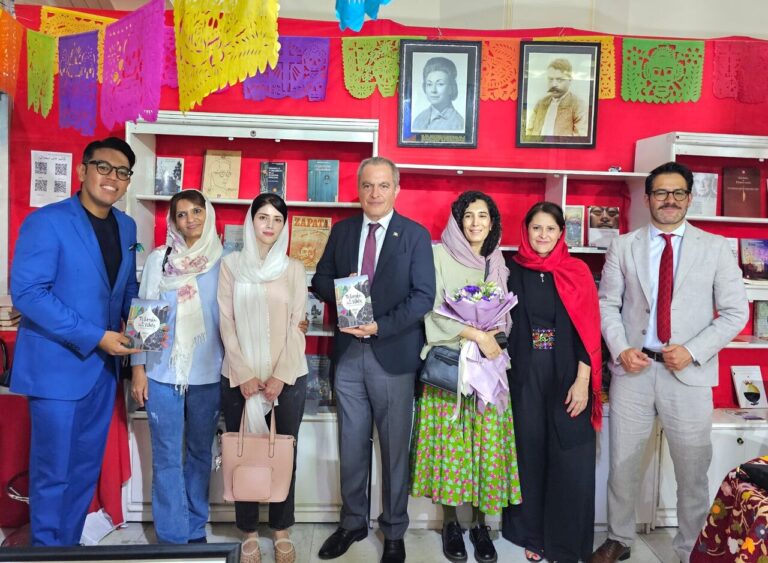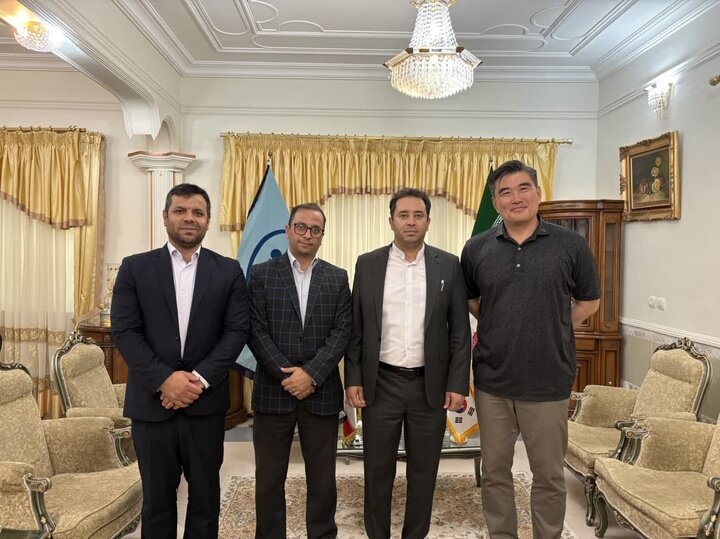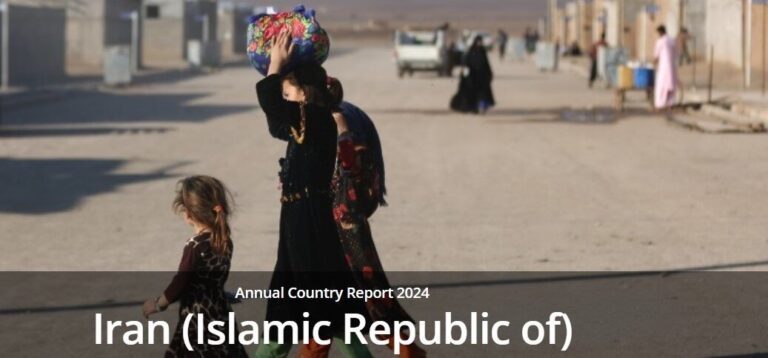Iranian Minister Emphasizes Cultural Collaboration Opportunities with China
Iran’s tourism minister recently highlighted the enduring cultural and economic ties between the Islamic Republic and China, emphasizing their strategic partnership in promoting heritage and the potential for further collaboration. This dialogue comes at a pivotal moment for both nations as they explore new avenues for cooperation, particularly in the realm of tourism.
In a recent interview with PhoenixTV News during the AIM Congress 2025 held in the UAE, Seyyed Reza Salehi-Amiri reflected on the rich history of Iran-China relations. He described the ancient Silk Road as a powerful symbol of the deep cultural, economic, and civilizational connections that have existed between the two nations for centuries. This historical context continues to influence the future of cultural diplomacy in Asia.
Salehi-Amiri noted that recent strategic agreements, including the 25-year Cooperation Agreement, mark a new chapter in the collaboration between Iran and China. Despite the significant progress made in economic relations—where China stands as Iran’s largest trading partner—the tourism minister emphasized the enormous potential for further expansion in cultural, tourism, and investment exchanges. He outlined several key areas for growth:
- Language Education: Enhancing mutual understanding through language programs.
- Joint Media Productions: Collaborating on content that showcases both cultures.
- Cultural Exhibitions: Organizing events that celebrate the rich heritage of both nations.
- Artist Exchanges: Facilitating creative interactions between Iranian and Chinese artists.
- Restoration of Historical Sites: Working together to preserve and promote cultural landmarks.
Additionally, the minister highlighted the growing cross-border partnerships among Iran, Central Asian countries, and China, aimed at reviving the Silk Road heritage. He stressed that developing shared tourism routes, investing in essential infrastructure, and attracting international tourists—especially from China—are critical priorities for both nations.
During his remarks, Salehi-Amiri also emphasized the role of UNESCO in supporting joint Asian heritage projects. He urged for investments in cultural initiatives that adopt a non-Western approach, identifying China, Russia, and Central Asian nations as crucial partners in these efforts.
In line with the ongoing push for deeper cultural engagement, the minister discussed the increasing significance of digital tourism. Innovations such as virtual reality and online tours present cost-effective methods for broadening tourism experiences. He expressed excitement about plans to collaborate with China’s CCTV news agency to produce joint promotional content that highlights Iran’s rich culture and heritage.
Furthermore, Salehi-Amiri mentioned efforts to bring Chinese documentary filmmakers to Iran, enhancing the country’s visibility on Chinese media platforms, including the “Visit Iran” website. He also underscored the effective use of social media and the engagement of influential Chinese figures as vital components of cultural marketing strategies.
In conclusion, the tourism minister reiterated that the “new Silk Road” signifies not just a route for trade and commerce, but also a vital pathway for dialogue among civilizations and the revival of a shared cultural identity. This renewed focus on cultural cooperation between Iran and China is poised to usher in a new era of mutual understanding and collaboration.
Through these initiatives, both nations aim to fortify their longstanding ties, paving the way for a prosperous future grounded in shared heritage and cultural exchange. As Iran continues to strengthen its tourism sector, the emphasis on strategic partnerships with China and other nations will undoubtedly play a crucial role in shaping the landscape of cultural diplomacy in the region.
By fostering deeper connections, both Iran and China are set to benefit not only economically but also culturally, enriching the tapestry of their historic relationship.






